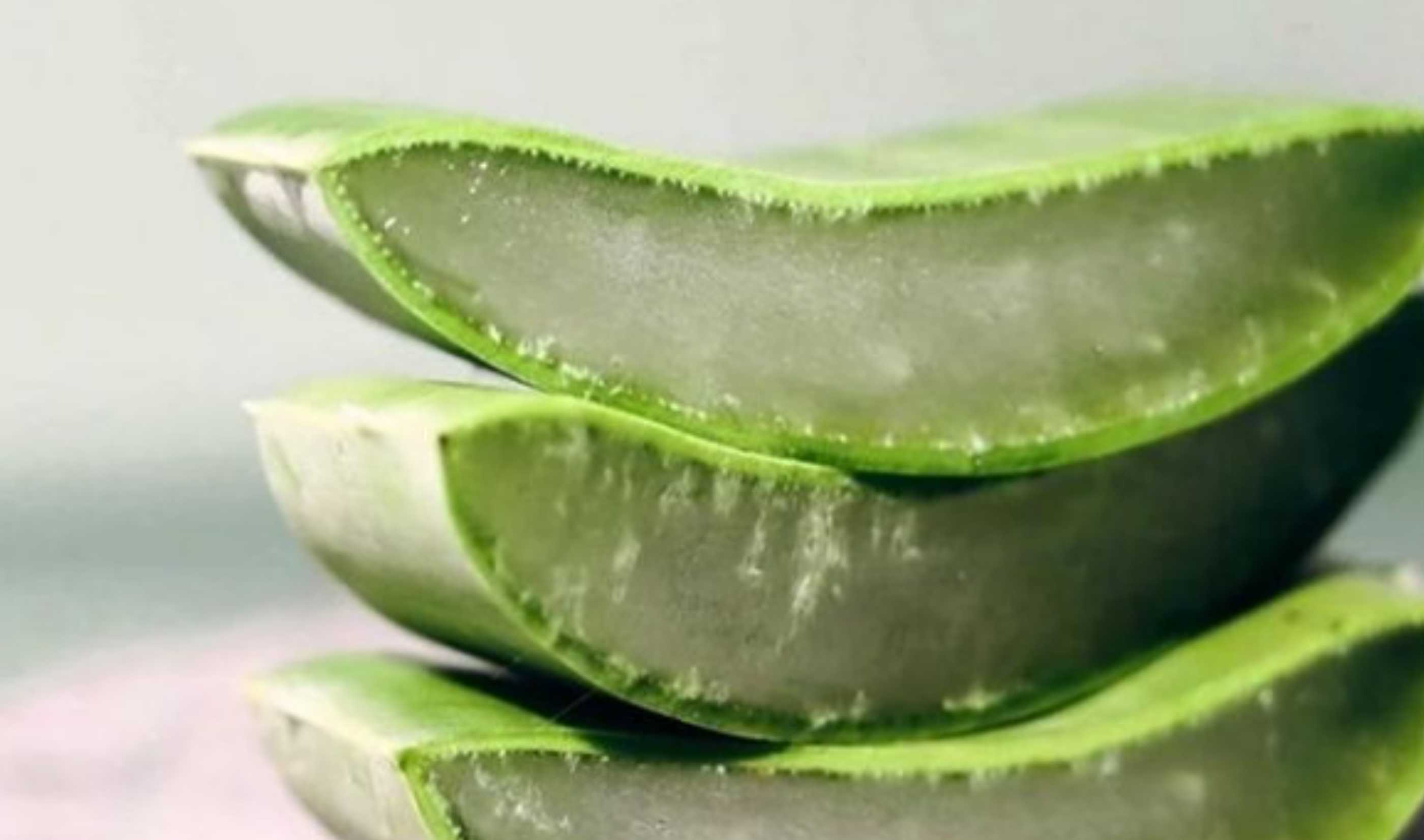
The importance of food has long been established in the age old saying – “You are what you eat” and in the Ayurvedic proverb “When diet is wrong, medicine is of no use; when diet is correct, medicine is of no need.” If these quotes now seem like cliches, perhaps it's because cliches are often true. While many will have us believe that it is complicated, healthy living is actually simpler than we may think.
Right food (and its proper digestion) through mindful eating is recognised as one of the three pillars of health in Ayurvedic healing. Ayurveda firmly believes in food being central to our existence and recommends a set of principles to be observed for deriving maximum benefits from our plate.
Here we will explore why eating for your dosha is considered so important in Ayurveda and discuss some principles of Ayurvedic eating.
Why Should You Be Eating for Your Dosha?
Have you ever wondered why some people can eat whatever they want and yet never gain weight, whereas others only have to eat a little extra to gain those extra pounds? Ayurveda has the answer, and this knowledge brings great freedom!
In Ayurvedic philosophy, every person has a unique doshic constitution (Prakriti) that determines their body structure, energy needs, metabolism, digestive strength, and reaction to different types of food. Making conscious food choices based on your dosha ensures that you favour only those foods that are better suited to your mind-body type while also avoiding the ones that may cause an imbalance.
Complete our dosha questionnaire to discover and understand your unique mind-body constitution.
How To Choose Food for Your Dosha
 The whole concept of Ayurvedic living relies on two basic principles: “like increases like” and “balance can be created with opposites.” When choosing your dosha diet, always go for foods with opposite qualities from that of your dominant dosha and avoid the ones with like qualities. For example, the cool and dry qualities of vata can be balanced by including steamed veggies and creamy foods in your diet, whereas frozen foods and raw vegetables are most likely to create an imbalance.
The whole concept of Ayurvedic living relies on two basic principles: “like increases like” and “balance can be created with opposites.” When choosing your dosha diet, always go for foods with opposite qualities from that of your dominant dosha and avoid the ones with like qualities. For example, the cool and dry qualities of vata can be balanced by including steamed veggies and creamy foods in your diet, whereas frozen foods and raw vegetables are most likely to create an imbalance.
According to Ayurveda, the rhythms of nature play a huge role in our life and psychology. Even a vata person can experience pitta imbalance in summers; poor food choices can make a pitta person suffer from low digestive flame; smooth kapha skin can feel dry in the autumn season. Therefore, factors like age, season, time of the day, and current imbalances should also be kept in mind when choosing your dosha diet.
Identifying Ayurvedic energetics of food
The food we eat can be categorised based on its taste – a concept that has been given much deeper significance than what the tongue experiences. Six different types of tastes (rasa) are identified: sweet, sour, salty, bitter, pungent, and astringent. Each taste is understood as a combination of two elements, just as is the case with doshas. Naturally, each taste has certain qualities (based on its constituting elements) that will have some positive and some negative influence on each dosha.
Ayurveda recommends eating all six tastes at every meal so that their combined effect can counterbalance the influence of each other, therefore, balancing all the three doshas and aggravating none. While eating all six tastes is imperative, Ayurveda also suggests favouring those tastes that will bring greater balance to your particular constitution.
How To Eat for Your Dosha

Ayurvedic diet is a practice rather than a food chart. It is about following a set of eating principles and establishing a routine that works for you. How to eat and when to eat are just as important as choosing what to eat for your dosha.
Ayurvedic diet for vata dosha
Vata is characterised by cool, dry, irregular, light, moving qualities. Because of its randomness, people of this dosha have an irregular strength of digestive fire. They frequently experience digestive problems, anxiety, restlessness, and mood swings. Try to balance these qualities with warm, moist, oily, heavy (whole grains), and nourishing foods. Relaxation and routine are two key factors for pacifying vata.
Foods to prefer
Choose sweet, sour, and salty foods, and as much as possible, try avoiding bitter, astringent, and pungent tastes.
Warm and moist
Always favour cooked and warm foods over raw and frozen ones. Adding some nourishing oils, such as ghee or avocado butter, is also a great idea for pacifying the light and dry qualities of vata.
Hydration
Drink ample water throughout the day to promote the absorption and assimilation of nutrients. However, avoid drinking too much water while eating, as it is considered harmful for the digestive flame; rather, sip warm water.
Routine
Try to balance the irregularity of vata by bringing routine and discipline to your meals. Eat regular meals at fixed intervals and try to eat at the same time every day.
Warming and relaxing herbs
Try our Surrender Vata Infusion, a soothing herbal tea that has been prepared with grounding and nourishing herbs. It calms the nervous system, promotes relaxation, and helps bring stability in the life of those creative individuals ruled by vata energy.
Ayurvedic diet for pitta dosha
People of pitta prakriti have a fairly strong digestive fire and an excellent metabolism. Their food and water needs are also higher in comparison to people of other doshas. However, this can easily go wrong in hot weather or due to poor food choices. Try to balance the hot, sharp, light qualities of pitta by choosing foods that are cooling, smooth, and nourishing.
Foods to prefer
Pitta dosha types can benefit by choosing sweet, bitter, and astringent tastes and avoiding sharp flavours of pungent, salty, and sour foods.
Choose your spices carefully
Most spices are pungent and hence not recommended for pitta types. Choose spices that are cooling and have astringent properties, such as ginger, basil, coriander, fenugreek, turmeric, or saffron.
Don’t skip your meals
Pitta individuals tend to be irritable when they skip meals. Try to eat consistent meals at regular intervals to avoid this situation. Also, drink plenty of water throughout the day.
Cooling herbs and drinks
Apart from these eating practices, try our Serenity Pitta Infusion of cooling and astringent herbs. It has been specially formulated to bring back balance in the life of those highly motivated and focused individuals of pitta dosha, so they can go after happiness in good health, inside and out.
Ayurvedic diet for Kapha dosha
Kapha-dominated individuals naturally have a low digestive flame due to more water and earth elements in their system. They also have a sluggish metabolism, and their food requirement is generally less as compared to people of other doshas. Try to balance the moist, cool, heavy, oily, stable qualities of kapha by choosing foods that are light, dry, warm, and stimulating.
Foods to prefer
Choose bitter, astringent, and pungent flavours, and try to avoid foods of sweet, salty, sour tastes.
Eat light and warm
Include lots of vegetables (preferably cooked) and fresh fruits in your diet. Frozen and processed foods are considered extremely harmful for kapha. Also, avoid eating too much in one sitting; rather, eat smaller meals at regular intervals.
Well-spiced meals
Most spices are beneficial for kapha dosha. Spices like black pepper, rosemary, nutmeg, ginger, cinnamon, turmeric, chillies, cumin, garlic, marjoram, thyme are considered particularly useful because of their stimulating and cleansing properties.
Stimulating herbs
Try our Spirited Kapha Infusion, a herbal tea preparation made with some of the most empowering and revitalising herbs on the planet. It has been specially formulated to inspire those individuals to make use of the extraordinary physical and mental stamina that they are naturally blessed with!




